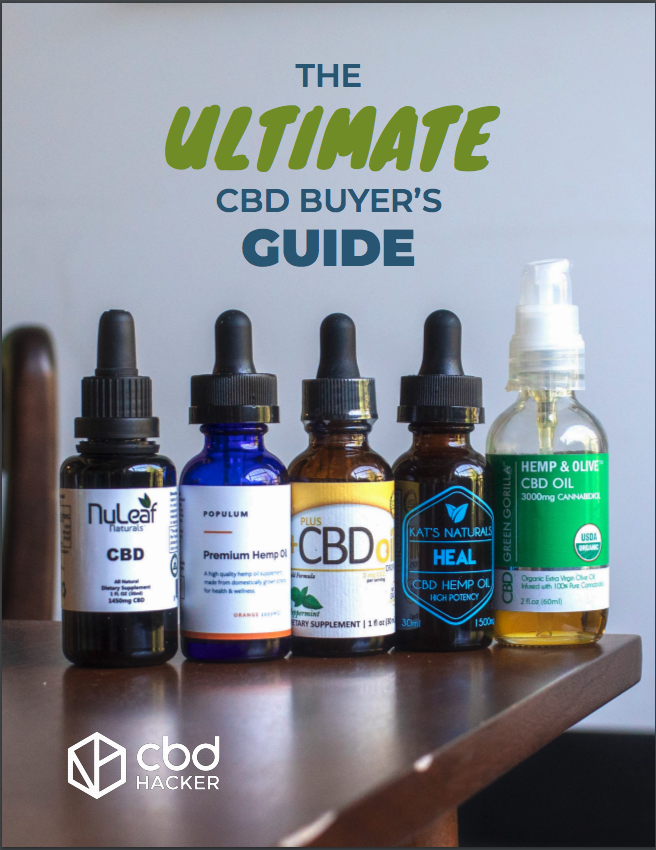 There is a persistent stigma surrounding addiction, but the truth is that it can affect anyone. Opioid use disorder is a condition that taps into the brain’s powerful reward mechanisms—and more and more people are feeling its impact every day.
There is a persistent stigma surrounding addiction, but the truth is that it can affect anyone. Opioid use disorder is a condition that taps into the brain’s powerful reward mechanisms—and more and more people are feeling its impact every day.
The statistics are shocking. According to the US Department of Health and Human Services, 116 people die from opioid-related drug overdoses every day, and nearly 80% of heroin users reported misusing prescription opioids prior to heroin.
But while opioid misuse is on the rise, another substance is being rehabilitated in the public eye.
More and more people are taking a hard pass on opioid medications and turning to cannabis to treat pain. Still others report using cannabis to help them recover from addiction to opioids and other substances.
Read on to learn more about how one component of cannabis might help fight the opioid misuse crisis. CBD, or cannabidiol, has been touted as a miracle cure for everything from anxiety to addiction.
But can CBD really help combat opioid use disorder? Or is it just wishful thinking?
The Opioid Misuse Crisis: How Did We Get Here?
 In the late 1990s, pharmaceutical companies convinced doctors that patients would not become addicted to opioid painkillers like oxycodone, hydrocodone, morphine, and fentanyl. This led to widespread prescription of these medications.
In the late 1990s, pharmaceutical companies convinced doctors that patients would not become addicted to opioid painkillers like oxycodone, hydrocodone, morphine, and fentanyl. This led to widespread prescription of these medications.
Sadly, the opposite proved to be true. These meds are extremely addictive. And with illicit versions of powerful opioids like fentanyl landing on the black market, overdose deaths have been steadily rising.
How do opioids work?
Opioid medications work in two ways. First, they disrupt pain signals by binding to receptors in the brain and spinal cord. Second, they trigger the release of dopamine, causing a euphoric “high.”
This second mechanism is responsible for these drugs’ potential for abuse. That’s because the body develops a dependence on the medication over time. When an opioid-dependent person stops using these substances, they experience painful and dangerous withdrawal symptoms.
This cycle of pleasure and withdrawal exploits the brain’s reward mechanisms. As a result, the person using the substance begins to crave it. And eventually, they may begin to behave compulsively, seeking out the substance even despite negative consequences.
Why is opioid misuse so dangerous?
 Anyone who MUST HAVE COFFEE before they can think in the morning knows what it’s like to compulsively seek out a substance. So, what makes opioids so much more dangerous?
Anyone who MUST HAVE COFFEE before they can think in the morning knows what it’s like to compulsively seek out a substance. So, what makes opioids so much more dangerous?
One of the main problems is that people who use opioid medications tend to develop a tolerance. That means that they will need need increasing doses over time in order to get the same level of pain relief (and euphoria).
While you might find yourself going from one cup of coffee…to two cups…to three cups over time, most people aren’t going to experience anything worse than the jitters from consuming a little bit too much coffee.
But the deadly problem with opioids is that, while people need higher doses to get the dopamine rush, their other body systems don’t adapt in the same way. As a result, those increasingly higher doses can slow—or even stop—the rate of breathing.
How could CBD help?
In their quest for new, safer ways to treat pain, many researchers are turning to one of humankind’s oldest plant medicines.
You guessed it, we’re talking about cannabis.
Cannabinoids are a promising area of study for researchers looking for lower-risk ways to treat pain. In the past, this research has mainly focused on THC. Lately, though, researchers have been shining a brighter spotlight on CBD.
So, how might CBD help combat opioid misuse disorder?
 Prevention
Prevention
One way that CBD could help is by providing an alternative treatment for pain, allowing patients to skip opioid medications altogether.
For example, a 2018 review published in Frontiers in Neurology looked at the potential for using CBD to treat a variety of symptoms of multiple sclerosis (MS).
Based on human and animal models, the researchers concluded that CBD might be effective in reducing fatigue, pain, spasticity, and ultimately improving mobility for patients with MS.
Reduction
CBD, whether alone or as a component of whole-plant cannabis preparations, may also be useful as an adjunct treatment for pain. This could help patients to reduce their reliance on opioid painkillers.
The authors of a 2018 paper published in the Journal of Headache and Pain surveyed medical marijuana users who suffered from migraines. In general, patients reported that using medical cannabis allowed them to cut back on prescription medications like opioids.
Recovery
Finally, CBD may be helpful in preventing relapses after people stop using opioids, supporting their recovery from addiction.
For example, one recent study in animals looked at using CBD for addiction to alcohol and cocaine. The researchers found that CBD may help prevent relapses in a few ways. First, it reduces drug-seeking behaviors. It also helps with anxiety and impulsivity, two major risk factors for relapse.
Another small, double-blind study found that in heroin-dependent individuals, one dose of CBD reduced the craving for heroin. They first measured this reduction one hour after the dose was given, and the effect was still measurable for seven days afterwards. They also found that CBD reduced anxiety, which might have helped to reduce cravings.
Challenges in Using CBD for Opioid Use Disorder
 One of the first questions that must be addressed is whether using CBD is just replacing one dangerous drug with another. Could CBD just be another addiction? And what is CBD’s safety profile? After all, the medical community once believed that opioids were not addictive.
One of the first questions that must be addressed is whether using CBD is just replacing one dangerous drug with another. Could CBD just be another addiction? And what is CBD’s safety profile? After all, the medical community once believed that opioids were not addictive.
Fortunately, CBD does not trigger a flood of dopamine the way other addictive substances do. Even the World Health Organization has declared that there is very little risk of abuse with CBD.
And to the best of our current knowledge, CBD does not have any dangerous side effects. Adverse events recorded in clinical trials have been mild to moderate and easily tolerated.
One of the main drawbacks of CBD as a potential replacement for opioids is that it simply doesn’t attenuate the body’s experience of pain in the same way. While it may be helpful, it might not be powerful enough to replace opioids for someone who has, for example, just gone through a major surgery.
It might be more effective when used in combination with THC. But some people who are struggling with addiction may want to avoid THC, which can be habit forming in its own right.
What’s Next?
If you’re wondering how seriously the medical establishment is taking the promise of cannabis in combating opioid use disorder, just look to the actions of the federal and state governments.
The Drug Enforcement Agency is planning to increase the government’s production of marijuana for research purposes. And it’s no small change. The DEA authorized 1,000 pounds of cannabis in 2018, but that number is expected to grow to 5,400 pounds in 2019.
Paired with the agency’s call for a reduction in the production of opioids, this seems to indicate a shift in favor of cannabis for treating pain.
Meanwhile, states like Illinois and New York are both looking at ways to use cannabis to fight the opioid crisis.
And more and more studies are coming out that demonstrate the effectiveness of cannabinoids like CBD and THC in treating pain and supporting people as they recover from addiction.
To learn more, check out the articles below, where you’ll find summaries of relevant peer-reviewed studies on CBD for pain and addiction.
CBD for Addiction and Prevention
[posts layout=’box-grid-2-col’ tag=’psychoactivity, addiction, pain’ count=’10’]
Opioid Use Disorder Resources
Substance Abuse and Mental Health Services Administration: For immediate help, call their 24-hour crisis line: (800) 662-HELP (4357). You can also visit SAMHSA to find a treatment center.
Shatterproof: Shatterproof is a nonprofit dedicated to ending the stigma and devastation of addiction. Their website offers a variety of resources for individuals and families. You can get answers about the science of addiction, treatment, and recovery.

 Prevention
Prevention